Monday Musicale with the Maestro – February 15, 2021 – Romance at the Opera: Three Valentine’s Day Treats
Romance at the Opera: Three Valentine’s Day Treats
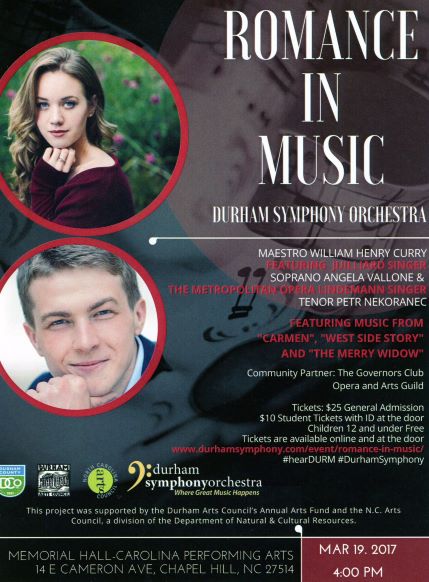
On March 19, 2017, the DSO performed a concert in Memorial Hall on the campus of UNC-Chapel Hill, the theme of which was “Romance in Music.” We began our concert with Mozart’s overture to his opera The Abduction from the Seraglio (1782). This is a wild and tragicomic story of two men rescuing their lovers from a Turkish harem. The next Mozart work on our program, an aria from The Marriage of Figaro, was perhaps more appropriate to our theme. After all, it has the word “marriage” in its title. The opera itself is a kind of Upstairs Downstairs/Downtown Abbey-type comedywhose characters include a rebellious servant (Figaro) and a member of the aristocracy (Count Almaviva), who is a philandering husband. In act 4, Susannah (a servant girl) sings of her bliss as she anticipates a romantic encounter with Figaro, her lover.
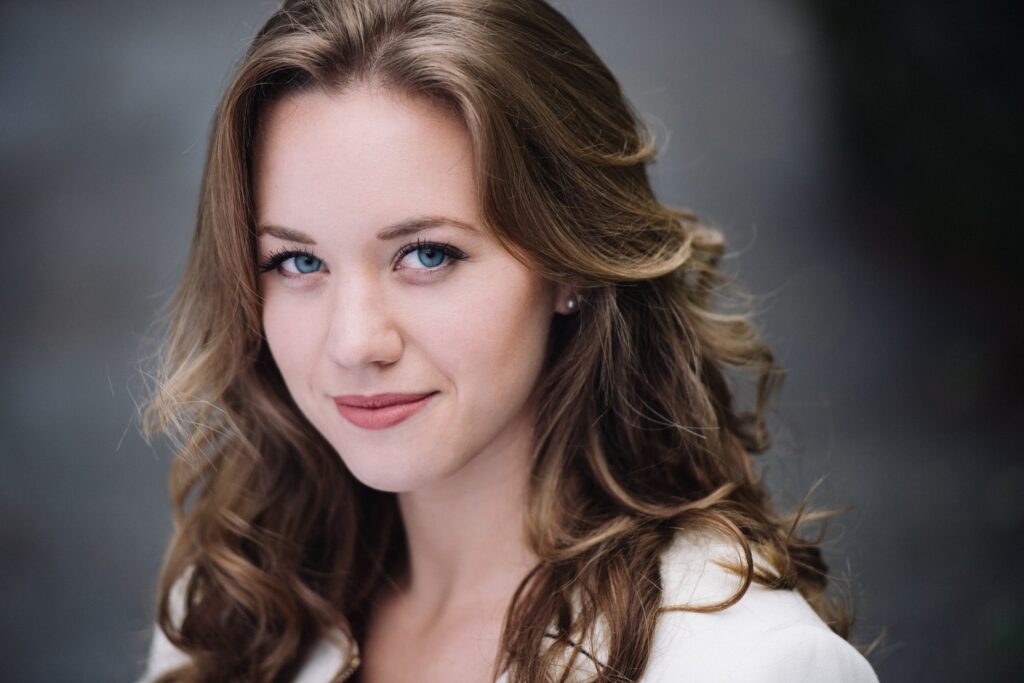
Our singer for this selection was the American-born soprano, Angela Vallone. At the time of this concert, she was a student at the famed Julliard School of Music in New York City. She has since performed at some of the major opera houses in Europe and is an Ensemble Artist with the Frankfurt Opera.
“Deh Vieni” (Marriage of Figaro) – Mozart
William Henry Curry, conductor
Durham Symphony Orchestra with the Lindemann Singers
Angela Vallone, soprano
Romance in Music Concert
Memorial Hall, University of North Carolina
Chapel Hill, NC 3/19/2017
Italy has often been called “the cradle of opera”, and the form can trace its origins from Monteverdi’s Orfeo in 1607. The popularity of opera gradually increased, starting in the early 18th century, and by the first half of the 19th century, it had become a “populist” art form. Tickets were relatively inexpensive, and every town (no matter how small) had some kind of opera house. Attending an opera back then was like attending a movie today—and as with movies today, people would sometimes go to see the same opera several times (even in the same week!) As with our Broadway productions today, an opera would keep running until the public stopped coming.
By the middle of the 18th century, the greatest of the opera stars had come to be regarded as celebrities—like our current pop stars. And operas were frequently composed to showcase these singers’ unique qualities. If a certain soprano’s specialty included a dazzling trill, composers would write material to show off that aspect of her art. If a tenor was famous for his tear-jerking presentation of melancholy songs, the composer and the librettist would customize material for this artist the way a tailor “fits” a suit. These types of operas were known as bel canto operas (meaning “beautiful singing.”)
The three great masters of this style were Rossini, Bellini, and Donizetti. With almost 70 operas to his credit, Gaetano Donizetti (1797-1848) was one of the most prolific opera composers in history, often writing four a year. One of his most famous works is the 1843 work Don Pasquale. The romantic lead in this work is Ernesto, who (at the beginning of Act 2) bemoans his fate in a lengthy aria, “Povero Ernesto” (“Poor Ernesto”). He has been deserted by friends and family—and most of all, he is lovesick for his beloved Norina. He is the saddest of men—but is blessed with some of Donizetti’s best melodies.
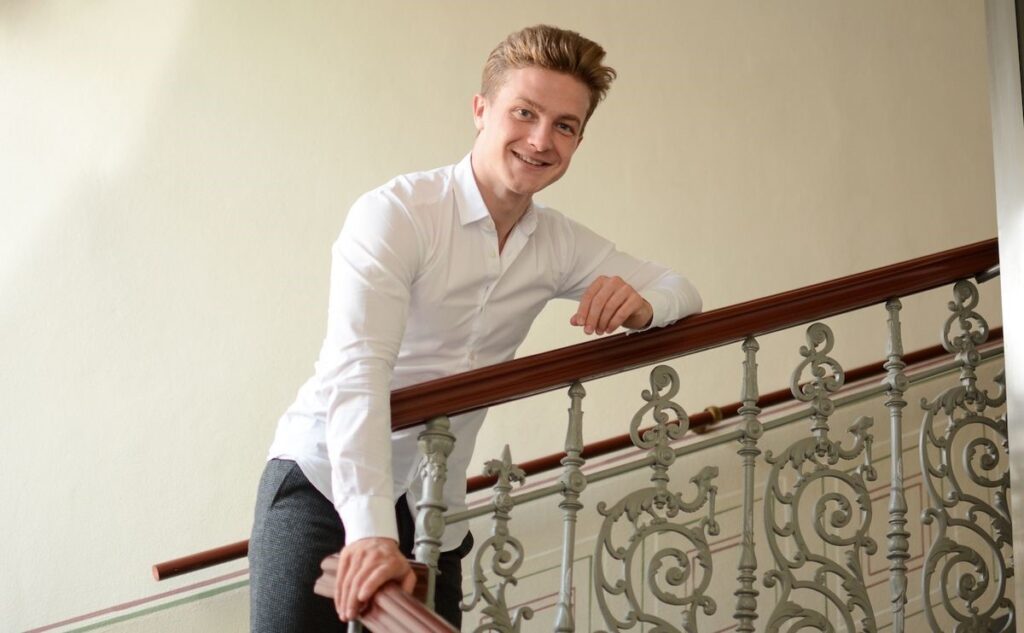
Our tenor for this concert was Petr Nekoranec. Born in the Czech Republic, he was from 2016-2018 a student in the Metropolitan Opera’s famed Lindemann Singers Program—a kind of finishing school for singers who have already won an award and have begun their professional careers. At the Met, they were given master classes by some of the greatest theatrical tutors on the Met staff, including Maestro James Levine. Petr was 24 at the time of our performance and has since gone on to a European career including a position as Ensemble Artist with the Stuttgart Opera.
Here is the aria “Povero Ernesto” from Donizetti’s Don Pasquale, featuring a lyrical trumpet solo by DSO’s principal trumpet, Christopher Underwood.
“Povero Ernesto” (Don Pasquale) – Donizetti
William Henry Curry, conductor
Durham Symphony Orchestra with the Lindemann Singers
Petr Nekoranec, tenor | Christopher Underwood, trumpet
Romance in Music Concert
Memorial Hall, University of North Carolina
Chapel Hill, NC 3/19/2017
The successor to Rossini, Bellini, and Donizetti in the field of bel canto opera was Guiseppe Verdi (1813-1901). By the time he was midway through his career, Verdi was starting to abandon some of the formulaic conditions of bel canto—some of which had kept Italian opera from the more serious treatment as an art form that it was getting in Germany, courtesy of Weber and Wagner. Verdi’s breakthrough piece came in 1847 with his opera Macbeth, based on Shakespeare’s play of the same name. This is a dark, brooding work that shows Verdi moving toward the deep seriousness of his later operas, including his masterpiece Otello (based on Shakespeare’s Othello)
Perhaps the most famous of Verdi’s mid-period operas is La Traviata (The Fallen Woman), whose heroine is Violetta, a courtesan. Despite the adjective “fallen”, courtesans in the mid-19th century were not sex-workers, prostitutes, or “call girls.” Wikipedia explains that the type of courtesan known in Italy as the cortigiana onesta (the honest courtesan) was in fact well educated and often considered as more independent and intellectual than the average upper-class woman. These women were sought as companions not only for their physical attributes, but for their intelligence, common sense, and wit. As well-dressed, gifted conversationalists—knowledgeable about culture, politics, and the arts—they were perfect companions for the powerful. In some cases, these women were even married, though usually their husbands were lower on the social scale than their clients. In such cases, a courtesan’s “situation” might even improve her husband’s status, and sometimes he was aware of his wife’s profession.
In 1853—in a Catholic country—it took a great deal of courage to put on an opera with a “kept woman” as the heroine. Even more controversial was the decision of Verdi and his librettist to set the opera in contemporary dress. This was unheard of at the time and created something of a scandal because people expected opera to be (among other things) an escape from reality. After the fiasco of the work’s premiere, Verdi decided instead to set it in the 18th century with costumes and décor characteristic of that time. And with that as its traditional staging until the 20th century, the opera quickly made its way around the world.
One of the highlights of this work is from Act 1, the “Brindisi” (“Drinking Song”), sung by the romantic male lead, Alfredo, and Violetta. The scene takes place at a brilliant party in a festively decorated ballroom, as Alfredo is invited to sing a toast to the occasion. Halfway through the piece, Violetta draws closer to him, sensually joining in the song. Angela and Petr had a great deal of fun with this infectious song—which is also a waltz. We even had a table, glasses, and champagne for them to toast each other with!
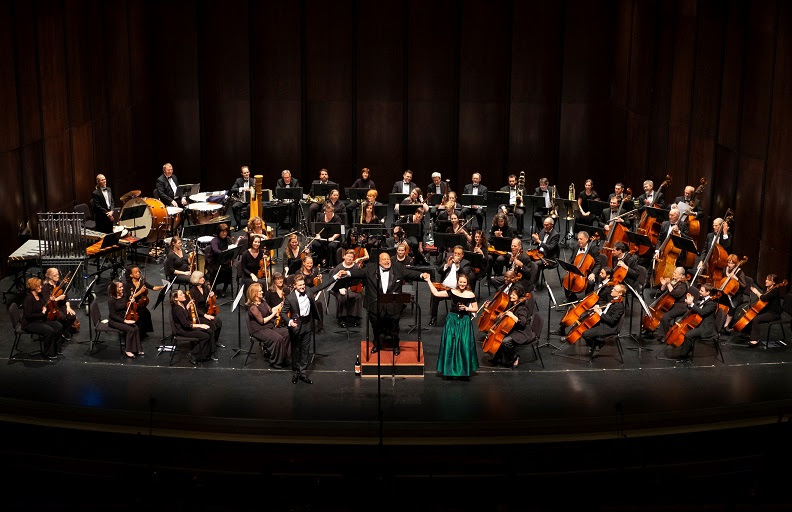
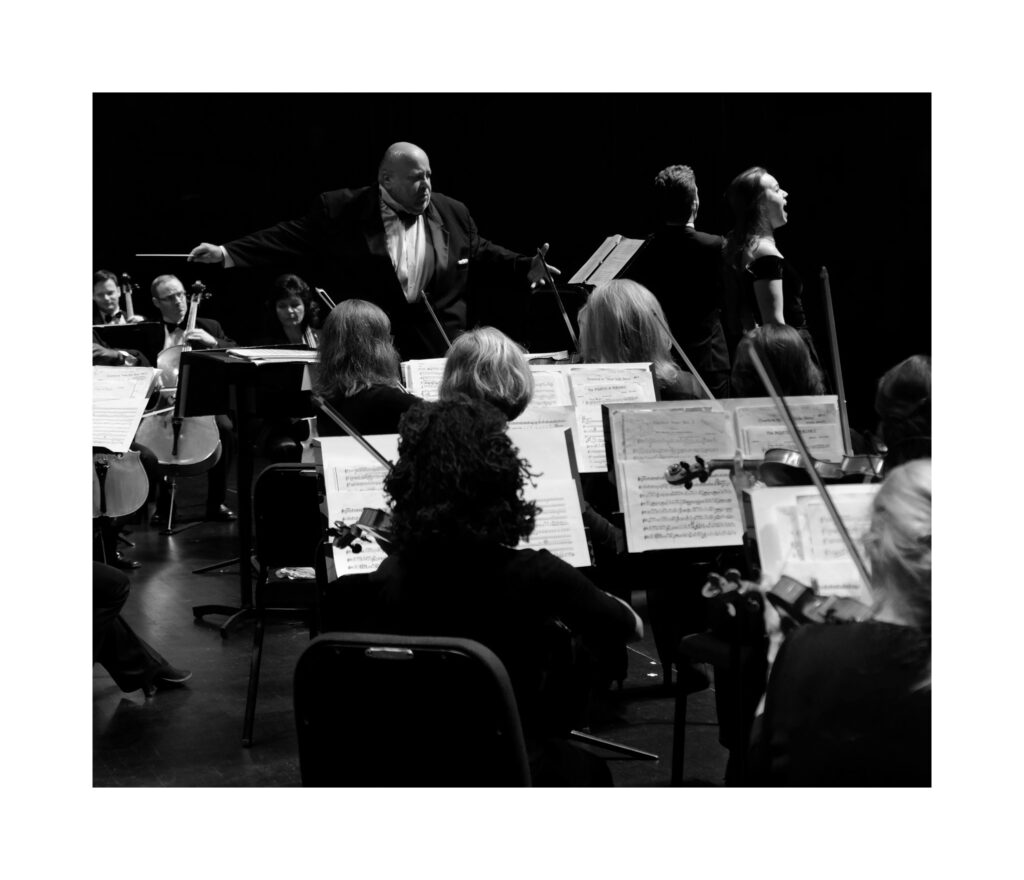
“Brindisi” (The Drinking Song) from La Traviata -Verdi
William Henry Curry, conductor
Durham Symphony Orchestra with the Lindemann Singers
Angela Vallone, soprano | Petr Nekoranec, tenor
Romance in Music Concert
Memorial Hall, University of North Carolina
Chapel Hill, NC 3/19/2017
Our concert with these wonderful young soloists, stars of the future, would not have been possible without the sponsorship and encouragement of Dr. Stephen Prystowsky, a long-time opera enthusiast who lives in Chapel Hill and sits on the board of the Metropolitan Opera.
Stephen Prystowsky

Dr. Steve Prystowsky retired as an associate clinical professor of dermatology at NYU medical center. He received both the Attending of the Year and Resident Advocate awards from the NYU Department of Dermatology. He is a graduate of Johns Hopkins Medical School and did his residency training in dermatology at the University of Texas Southwestern Medical Center and Johns Hopkins. He practiced dermatology for 25 years in Danville, California. His research publications focused on sarcoidosis, lupus erythematosus, and mixed connective tissue disease. He is a past president of the North Carolina Opera and a member of Opera America. Dr. Prystowsky is an Advisory Director of the Metropolitan Opera.
Stephen Prystowsky’s interest in opera, or any classical music, began much later than that of most people—which makes his passion and advocacy for it even more inspiring and remarkable. When I was teaching “Music Appreciation 101” at William Peace University, I found out that unless students have had some kind of background playing an instrument or singing in a chorus, the likelihood of my “reaching” them with even the most accessible classical music is close to zero. Even for young instrumentalists, opera can be a daunting art form. Contributing factors for that include the foreign languages, the length of the operas (2-5 hours), and plots which often involve characters not found in their daily experience—such as Valkyries, nymphs, and troubadours.
Dr. Prystowsky grew up with no classical music in his home, and he never played an instrument. But at age 40, he was part of a symposium on “Genius” at the University of California at Berkeley. The course, taught by both a psychologist and a musicologist, was about all manner of geniuses—musical, political, etc. As part of an assignment, Dr. Prystowsky attended a complete, fully staged performance of Mozart’s Don Giovanni (a work featured in our Sept 7th blog) by the San Francisco Opera. He was instantly hooked! The music, the philosophy, the drama—everything came together for him in a real “light-bulb-over-the-head” moment. And over the ensuing 35 years, his desire to learn everything about the world of opera has been more of a mission than a hobby.
It was through his mentor at the symposium that he enjoyed meeting some of the singers at the San Francisco Opera, and he has continued to prize this fellowship with artists. He described himself as being a “workaholic” at the time he attended that first performance. But the lure of live opera was so intense that he began attending performances all over the world in places like Austria, Germany, and Italy.
He notes that his first experience with New York’s Metropolitan Opera was like a homecoming to him. At the time, he had just become friends with his future 2nd wife, Rochelle, and he invited her to see a performance of Wagner’s Götterdämmerung (The Twilight of the Gods) with him. She accepted, although she had already had a full 8-hour day at work. I can tell you that a five-hour opera is NOT the way to begin one’s acquaintance with this already challenging art form. I recall going to a Met performance of an equally long opera by Wagner (Parsifal) that began at 6:30 and ended 5 minutes after midnight! This was Rochelle’s very first time at the opera, yet she was enthralled by an experience that might have defeated even a long-time fan at the end of a workday. Stephen thought that night, “This might be my future wife!” They did indeed marry, and I am lucky to be part of their “family circle”, which includes their adorable dog, Vanderbilt.
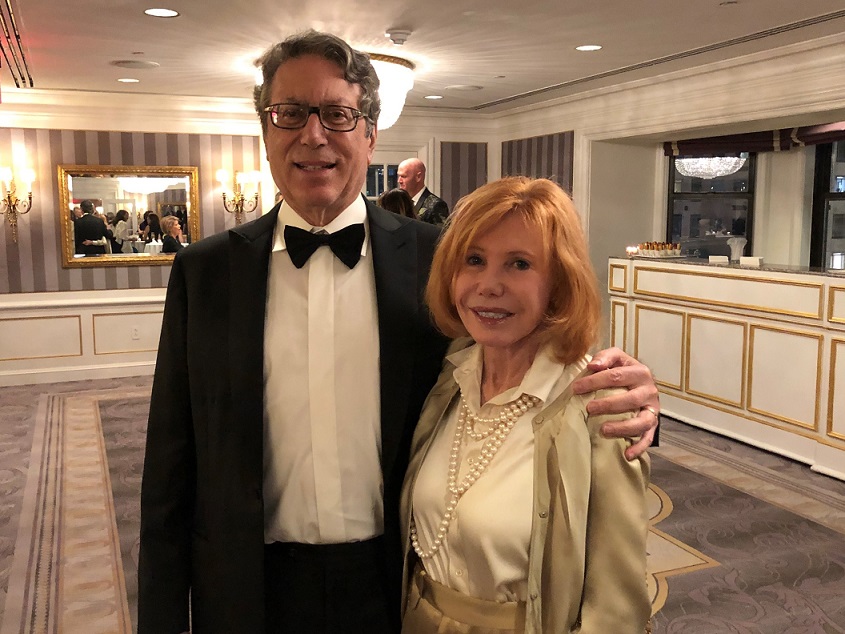
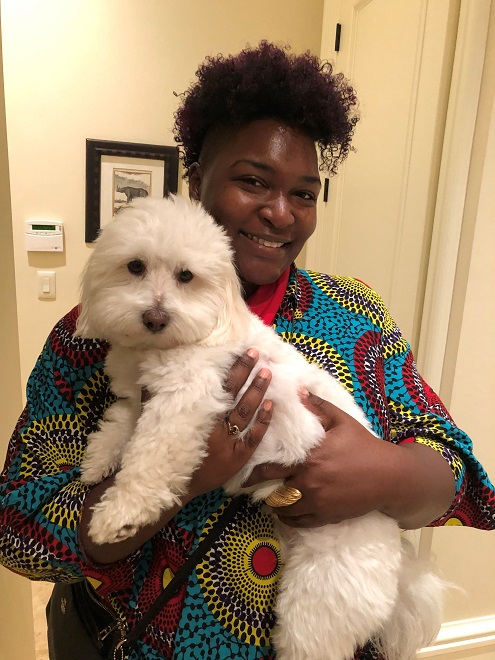
When Stephen moved to North Carolina, he took on the important job of being the President of the North Carolina Opera. His tenure was a time of growth and consistent artistic successes, and he has continued to enjoy his contacts with performing artists. We first met when I gave a talk about the DSO at the Governor’s Club.
Given this passionate history and engagement with artists, it was perhaps inevitable that he would be asked to join the Board of the Metropolitan Opera. During his time there, he was, and remains, intimately involved with their Lindemann Singers program.
Steve has sponsored the performances of many Lindemann Singers at the Governor’s Club and with several of our local performing organizations, including the Chamber Orchestra of the Triangle, the NC Opera, and the DSO. He has also opened his magnificent home for rehearsals and concerts with the Lindemann Singers (housing them also!) He has supported many local artists as well, and it was he who funded the first “DSO Young Vocalists Award” for a rising professional two years ago. This led to our November 3, 2019 performance with the brilliant young soprano Jemeesa Yarborough (featured in our April 27th and July 13th blogs in 2020).
As a member of the Board of Directors, Steve has his own parterre (a set of box seats), and he has become a well-known part of the Met Opera world. He attends performances and dress rehearsals, and he loves meeting with the conductors and singers. Here are just a few of the performers he has supported as a patron and friend.
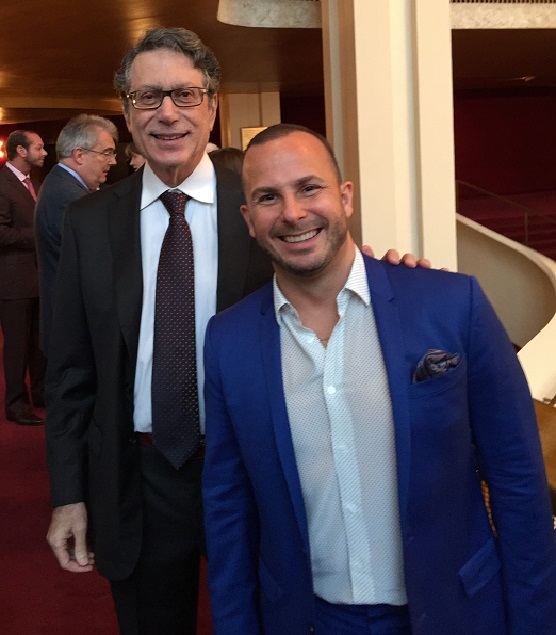
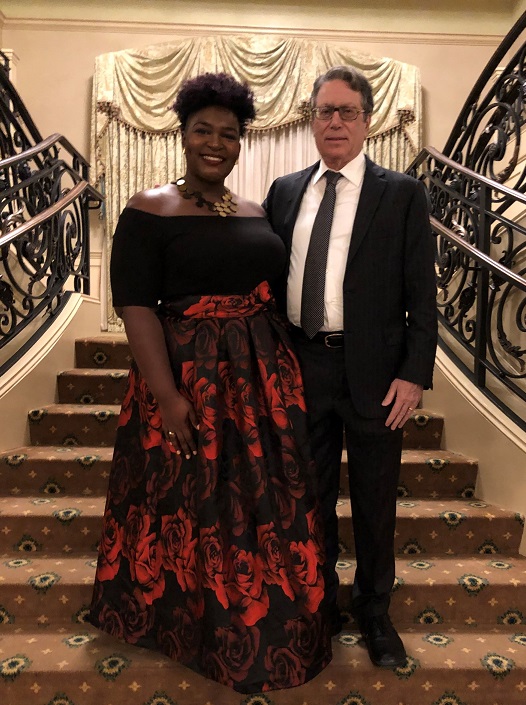
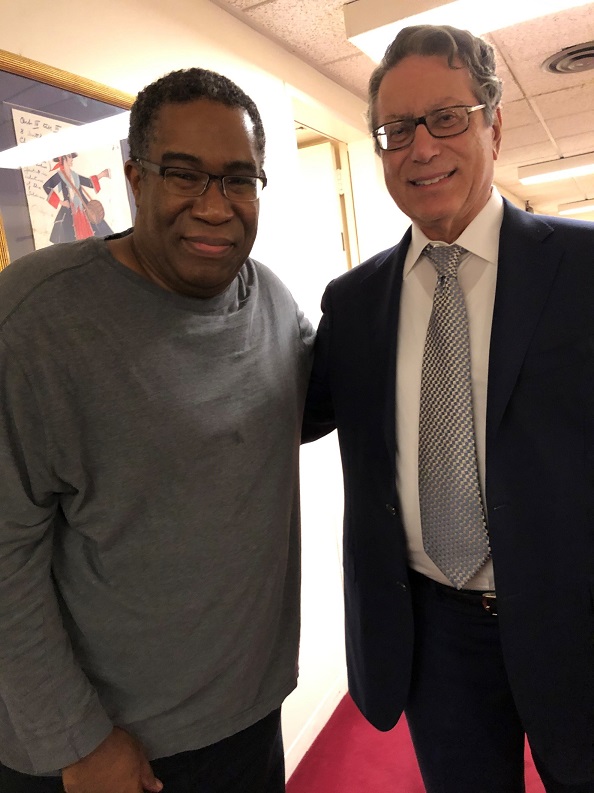
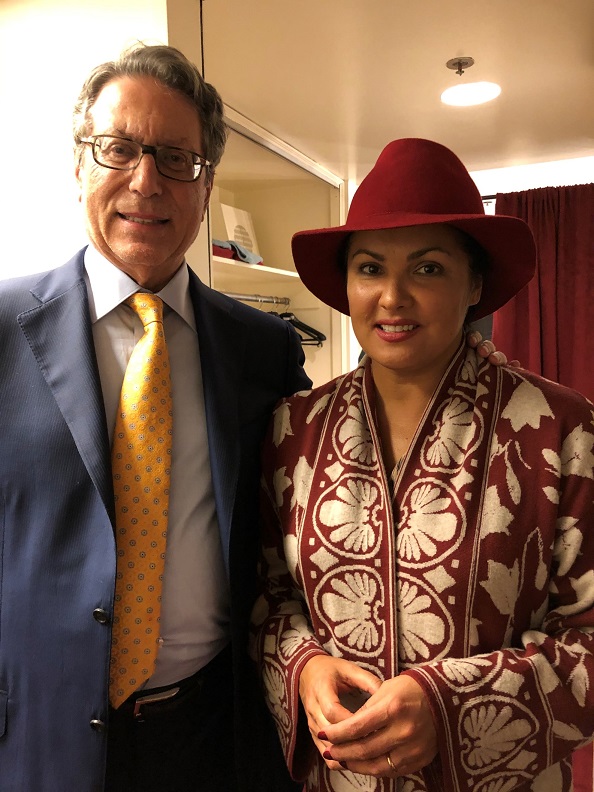
In discussing the Met’s future during this period of social distancing and virtual performances, he remains both adamant and optimistic. As he puts it, “The Metropolitan Opera is the greatest opera house in the world. This must be preserved.” Based on discussions with Peter Gelb, General Manager of the Metropolitan Opera, he asserts that “The outlook for the future is very good. We hope to begin performing again in late September.”
I endorse Dr. Prystowsky’s advice for budding opera goers: Do your homework! Before attending an opera for the first time, read a synopsis and the libretto. Most operas are performed in their native language, which is rarely English. Surtitles (or subtitles) are common these days, but it is best not to divide your attention between those words above the stage and what the singers are trying to communicate on the stage.
I would add that you must be patient! At least half the operas that I now love took time to process. It took several hearings before I was able to fully comprehend the message and beauty of these imperishable musical miracles. And yes, sometimes the plots are bewildering—or even absurd. But these operas have stood the test of time and contain some of the most glorious music from our Western classical music heritage.
I say with 100% honesty that I have never known a professional musician, teacher, or amateur music fan who knows as much about opera as Stephen Prystowsky. (I cannot stump him at opera trivia questions!) Of course, one should never ask a true opera-lover to name their top three favorites. But since he knows far more than I EVER will, I could not resist asking! His top three are:
1. Mozart: The Marriage of Figaro. (He sponsored a Met production in 2019!)
2. Mozart: Don Giovanni. (His first opera experience—as it was for Tchaikovsky.)
3. Wagner: Tristan und Isolde.
Dr. Prystowsky is a great opera patron and one of the Durham Symphony Orchestra’s most special angels. Happy Valentine’s Day to Steve, Rochelle, and Vanderbilt. We love you!
William Henry Curry
Music Director
Durham Symphony Orchestra
Comprehensive Editor (Text): Suzanne Bolt
Copy Editors: Marianne Ward and Tina Biello
Digital Layout and Publication: Tina Biello and Marianne Ward
Video Mixing & Mastering: Mark Manring https://www.manring.net
Celebrating Maestro Curry’s 50 years conducting & 11 years with the Durham Symphony!
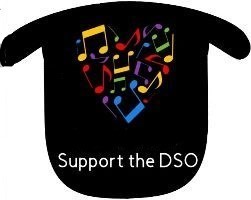
“Monday Musicale with the Maestro”
would not be possible without your support!
Thank you for being a important part of the
Durham Symphony Orchestra family!
Funding is provided (in part) by the Durham Arts Council’s Annual Arts Fund, the N.C. Arts Council (a division of the Department of Natural and Cultural Resources), and a grant from the Triangle Community Foundation.





